Business
Reality check—Canadians are not getting an income tax cut
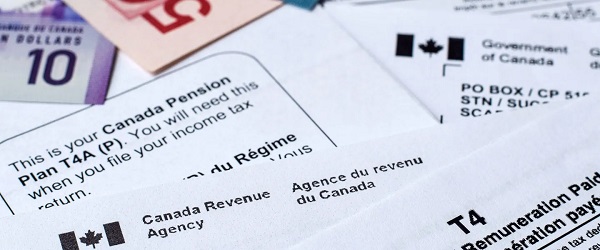
From the Fraser Institute
By Jason Clemens and Jake Fuss
On the campaign trail, both the Conservatives and the Liberals promised to cut personal income taxes, and with the Liberal Party winning a minority, one assumes the Carney government will fulfill the promise and reduce the bottom personal income tax rate from 15 to 14 per cent. However, in reality, due to the dismal state of federal finances, neither party actually offered a tax reduction but rather simply a deferral of taxes to the future.
The key variable in any government’s fiscal policy is spending. It represents the amount of resources the government plans to marshal for its various programs and transfers. At any given point in time, a country has only so many resources (i.e. raw materials, workers, equipment, etc.) and a government’s spending plan represents the share of those resources it intends to use for its purposes rather than leaving them in the hands of the people, families and businesses that actually created them.
Taxes are simply the way governments finance that spending. But it’s not the only way. Governments in many western countries, particularly Canada and the United States, have increasingly relied on borrowing to finance current spending. Instead of raising taxes today to pay for increased spending, governments defer those taxes into the future by borrowing and increasing government debt.
According to the Trudeau government’s last economic update, Ottawa expected to collect $516.2 billion this year (2025/26) but planned to spend $558.3 billion on programs and debt interest payments. The difference—$42.2 billion—represents how much the federal government plans to borrow.
According to the Liberal Party’s election platform, the promised tax cut to the lowest personal income tax rate will reduce revenues by a projected $4.2 billion this year. If the Liberal platform also reduced spending by at least the same amount, the tax cut would represent a real reduction in the amount of resources used by government and thus a genuine reduction in the tax bill for Canadians.
But the Liberal platform doesn’t reduce spending. In fact, it proposes marked increases ($29.4 billion this year) on already record levels of spending by the previous government. And the planned deficit this year is expected to increase from a projected $42.2 billion under Trudeau to $62.3 billion under Carney.
Put differently, Prime Minister Carney plans to use more resources in government for his new spending and investments compared to Trudeau. However, Carney plans to collect slightly less taxes now by shifting the burden to more borrowing, which simply means more debt and higher debt interest payments, and ultimately higher taxes in the future.
These decisions are not also without immediate costs. Under Trudeau, total federal debt increased from $1.1 trillion in 2014/15 (the year before he took office) to an expected $2.3 trillion this year. (Again, Carney plans to increase the amount of debt accumulated this year and at least the next three years.) Debt interest payments also increased from $24.2 billion the year before Trudeau took office to a projected $54.2 billion this year.
Carney’s plan, which includes higher debt levels, means those interest costs will increase. Interest payments represent resources extracted from Canadians that are not available for actual programs such as health care or genuine tax relief.
So while the new government may tell Canadians that its delivering tax relief, it’s not. It’s simply kicking the can down the road by financing higher spending through more borrowing. That means higher interest costs, higher debt and ultimately higher taxes in the future.
armed forces
How Much Dollar Value Does Our Military Deliver?
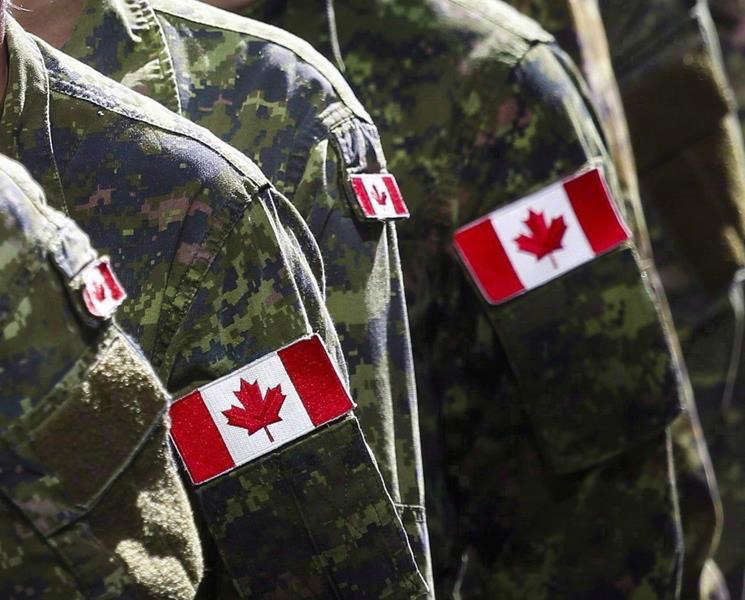
To my great surprise I recently noticed that, despite being deeply engaged in wars against at least four determined enemies, Israel doesn’t spend all that much more on their military than Canada does on its forces. What might that tell us about government efficiency?
There’s fairly universal agreement that Canada doesn’t spend enough on its military. But before we can even ask how much we should be spending, we should understand how much we’re already spending. And figuring that out isn’t nearly as easy as I’d expected.
According to the 2025–26 Expenditures by Purpose data released by the Treasury Board Secretariat, the Department of National Defence (DND) was allocated $35.7 billion (CAN). However, the New York Times recently reported that Primer Minister Carney’s $9.3 billion increase would bring the total defence-related spending to $62.7 billion – which suggests that, prior to the increase, we were set to spend $53.4 billion (CAN).
So I’ll work with both of those figures: $35.7 billion ($26 billion USD) and the pre-announcement $53.4 billion ($39 billion USD). By contrast, Israel currently spends around $37 billion (USD) on the Israel Defense Forces (IDF) which is in the neighborhood of 18 percent of their total budget.¹ The IDF is (literally) getting a much bigger bang for their buck.²
I’m going to compare the military inventories of both countries to get a sense of what a dollar of government spending can get you. I understand that this isn’t an apples-to-apples comparison and there are many complicating factors here. But I think the exercise could lead us to some useful insights. First off, here’s a very rough estimate of existing inventories:
I’m sure there are plenty of caveats we could apply to those numbers, including how much of that equipment is actually fit for service on any given day. But they’ll have to do.
In addition, there are currently 68,000 regular troops in the Canadian Armed Forces (CAF) along with 22,500 reserves, while the IDF employs 169,500 regular troops and 465,000 reserves. They also cost money.
Based on some very rough estimates,³ I’d assess the value of IDF assets at around 2.6 times the value of comparable CAF assets. That means that the IDF – using their procurement systems – would need to spend just $14.4 billion (USD) to purchase the equivalent of the current set of CAF assets.
Now compare that with our actual (pre-increase) expenditures of either $26 billion USD or $39 billion USD and it seems that we’re overspending by either 80 percent or 270 percent.
I think we’d be wise to wonder why that is.
For full context, Israel receives around $3.8 billion (USD) in military aid annually from the U.S.
Speaking of which, for simplicity, I completely left the ongoing costs of ordinance out of my calculations.
If you’re really interested, you can see my calculations here.
Subscribe to The Audit.
For the full experience, upgrade your subscription.
Business
High Taxes Hobble Canadian NHL Teams In Race For Top Players
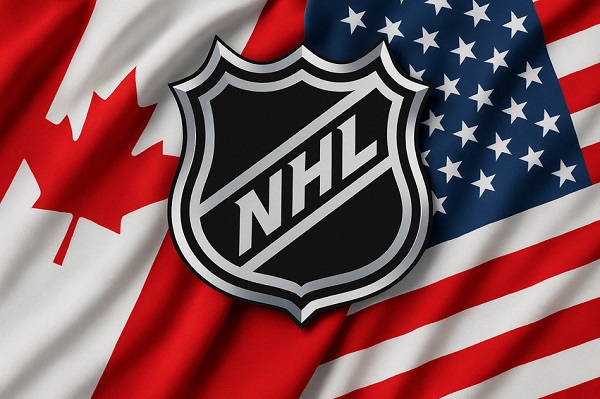
From the Frontier Centre for Public Policy
By Lee Harding
Canada’s steep income taxes leave NHL players with less cash in their pockets, putting Canadian teams at a serious disadvantage against their U.S. rivals. Find out why it’s not just bad luck that Canada hasn’t won the Stanley Cup in decades.
NHL commissioner Gary Bettman badly underestimates how much higher income taxes in Canada put Canadian teams at a serious competitive disadvantage by reducing players’ take-home pay and limiting their ability to attract top talent.
The NHL salary cap limits how much teams can spend on player salaries each season, so higher taxes mean players on Canadian teams effectively take home less money for the same salary, putting those teams at a disadvantage when competing for talent.
In a recent TNT broadcast, Bettman dismissed the idea that teams might adjust the salary cap to offset income tax differences, calling it “a ridiculous issue” and saying taxes were only “a little bit of a factor.” Pointing to high state taxes in California and New York, he asked, “What are we going to do? Subsidize those teams?”
What Bettman either ignored or didn’t understand is that every Canadian NHL player faces significantly higher income taxes than any of their U.S. counterparts. According to the Fraser Institute’s 2023 study, Ontario’s top marginal tax rate is 53.5 per cent, and even Alberta’s is 47 per cent. Compare that to the highest U.S. state rate among NHL locations—Minnesota at 41.85 per cent, California at 41.3 and New York at 38.85. Several states, including Florida, Texas, Nevada and Tennessee, impose no state income tax at all.
This tax gap translates into huge differences in players’ actual take-home pay, the money they keep after taxes. With a 2024-25 NHL salary cap of US$88 million, Toronto Maple Leafs players collectively earn $5.7 million less after taxes than Edmonton Oilers players, and a staggering $18.9 million less than players on the tax-free Florida Panthers. That difference alone could sign a star player and shift competitive balance.
Leafs fans frustrated by two decades of playoff disappointment should look less to coaches and management and more to Canada’s punishing tax system that drives talent south of the border or limits how much teams can pay. Lower taxes are a proven magnet for high-priced talent, driving better results and stronger teams.
University of Calgary economist Trevor Tombe calls this the “great divergence,” referring to the growing gap between the U.S. and Canadian economies. He points out that U.S. GDP per capita outpaces Canada’s by 43 per cent, and the gap is widening. This economic advantage means U.S. teams operate in wealthier markets with more financial flexibility, enabling them to offer players better after-tax compensation and attract top talent more easily than Canadian teams can.
Canadian teams also face more intense media and fan pressure in smaller markets, adding to their challenges. The NHL’s prolonged Stanley Cup drought for Canadian teams since 1993 isn’t just bad luck. Statistically, the odds of no Canadian team winning the Cup in over 30 years are about one in 781. Tax policy plays a major role in this unlikely streak.
Don’t blame Bettman or the NHL. Blame the Canadian governments that keep imposing high taxes that punish success, stifle economic growth and keep Canadian teams from competing on a level playing field. Unless tax policy changes, Canadian hockey fans should expect more frustration and fewer championships.
Lee Harding is a research fellow for the Frontier Centre for Public Policy.
-
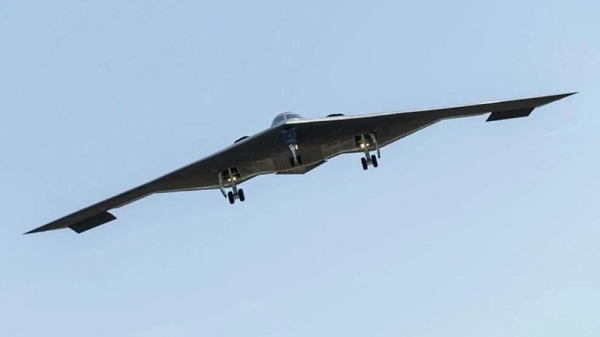
 conflict11 hours ago
conflict11 hours agoPete Hegseth says adversaries should take Trump administration seriously
-

 Business20 hours ago
Business20 hours agoHigh Taxes Hobble Canadian NHL Teams In Race For Top Players
-
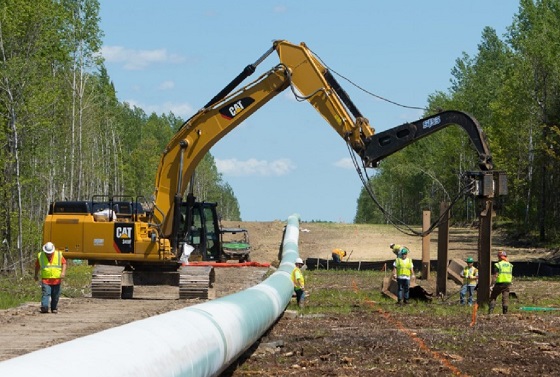
 Energy12 hours ago
Energy12 hours agoEnergy Policies Based on Reality, Not Ideology, are Needed to Attract Canadian ‘Superpower’ Level Investment – Ron Wallace
-
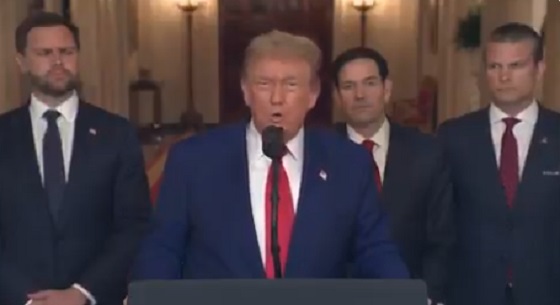
 conflict19 hours ago
conflict19 hours ago“Spectacular military success”: Trump addresses nation on Iran strikes
-
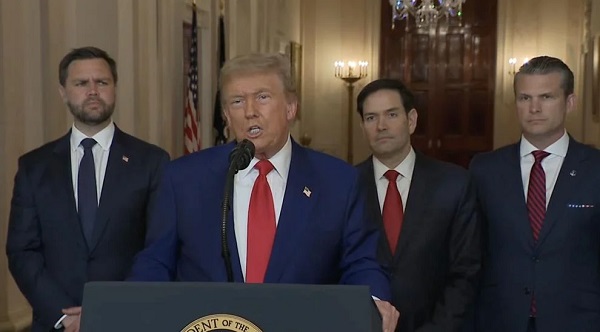
 conflict19 hours ago
conflict19 hours agoTrump urges Iran to pursue peace, warns of future strikes
-

 International2 days ago
International2 days agoSeattle Police Department investigating attack on journalist during Antifa protests
-

 conflict11 hours ago
conflict11 hours agoU.S. cities on high alert after U.S. bombs Iran
-
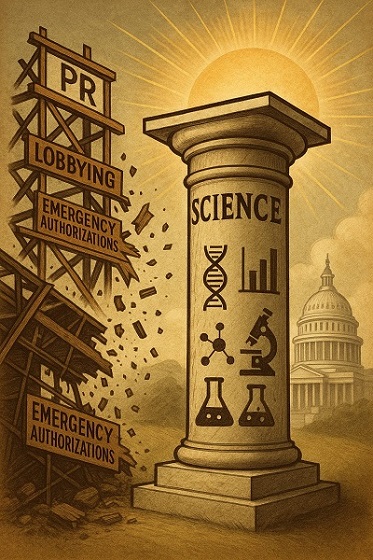
 Health1 day ago
Health1 day agoKennedy sets a higher bar for pharmaceuticals: This is What Modernization Should Look Like







